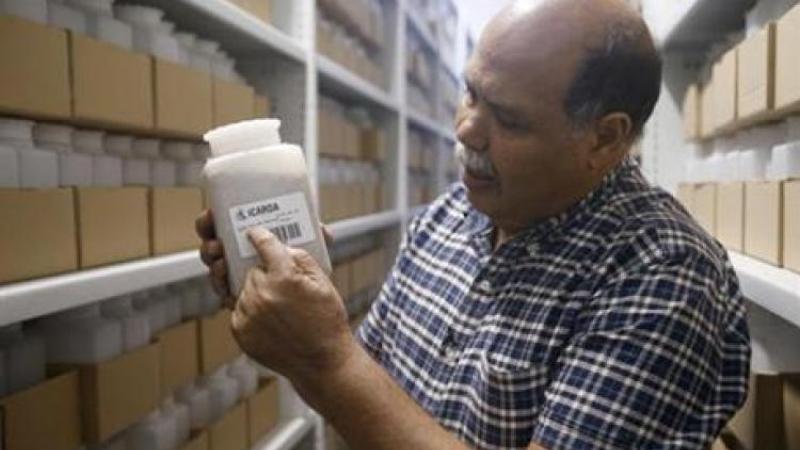Climate-smart crops and know-how from the dry lands brings solutions to all countries

The genetic makeup of native plants and animals in drylands countries is well adapted to resist the harsh conditions that climate change brings – hotter, drier, less predictable and more extreme climate events.
The situation faced today by people in the dry areas is one that many other countries are likely to face. The good news is that drylands agricultural research partners offer a wealth of know-how that all countries can use in their plans for adaption and mitigation, to protect ecosystems, and to guarantee stable food production for their growing populations.
A critical climate-smart innovation is improved crop varieties that resist heat, drought, temperature extremes, and destructive diseases and pests – many developed by ICARDA and its drylands country partners. The ICARDA drylands crop genebank conserves crop biopersity and distributes plant genetic material to crop breeders worldwide. The genebank collection holds in trust for countries some 154,000 accessions of food crop land races, including wheat, durum wheat, chickpea, lentil, faba bean, robust crop wild relatives, and forage crops essential for animal fodder.
This article in the New York Times explores the importance of this drylands genebank for the future of agriculture and food security, as a resource to help the world’s crop breeders produce varieties that fight climate change.
